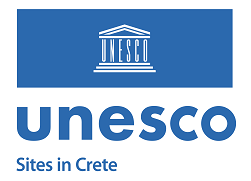Sitia
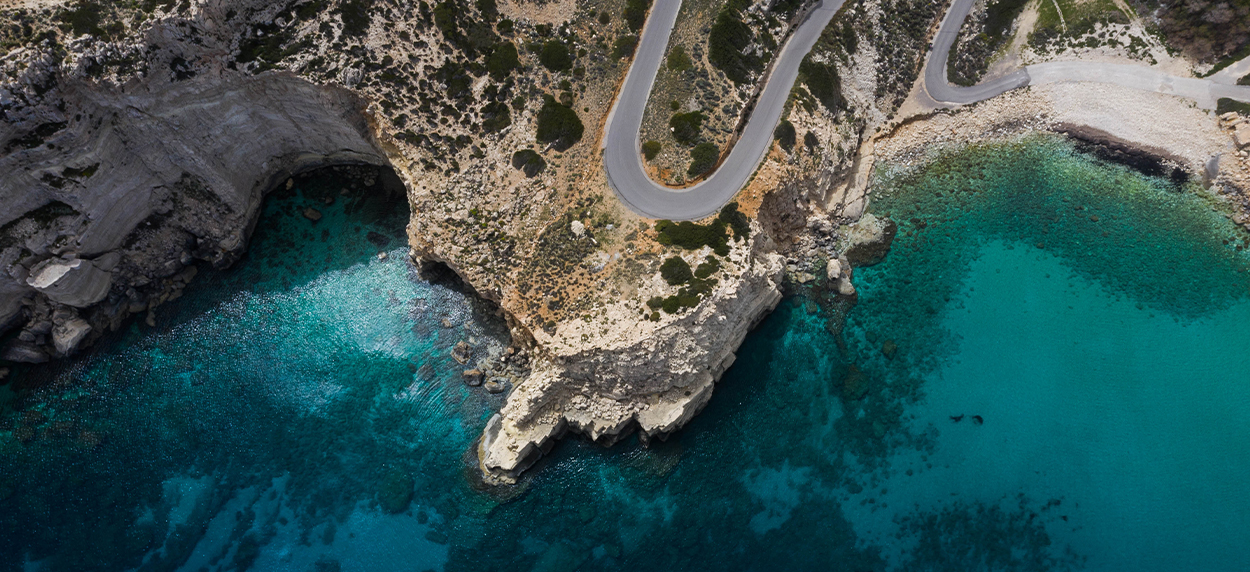
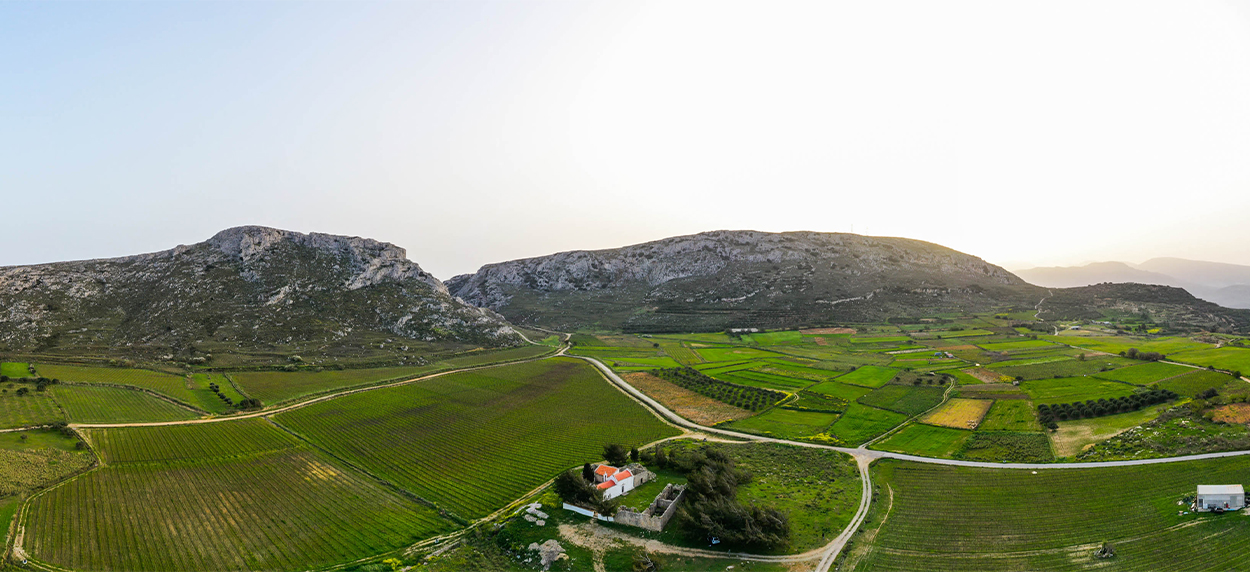
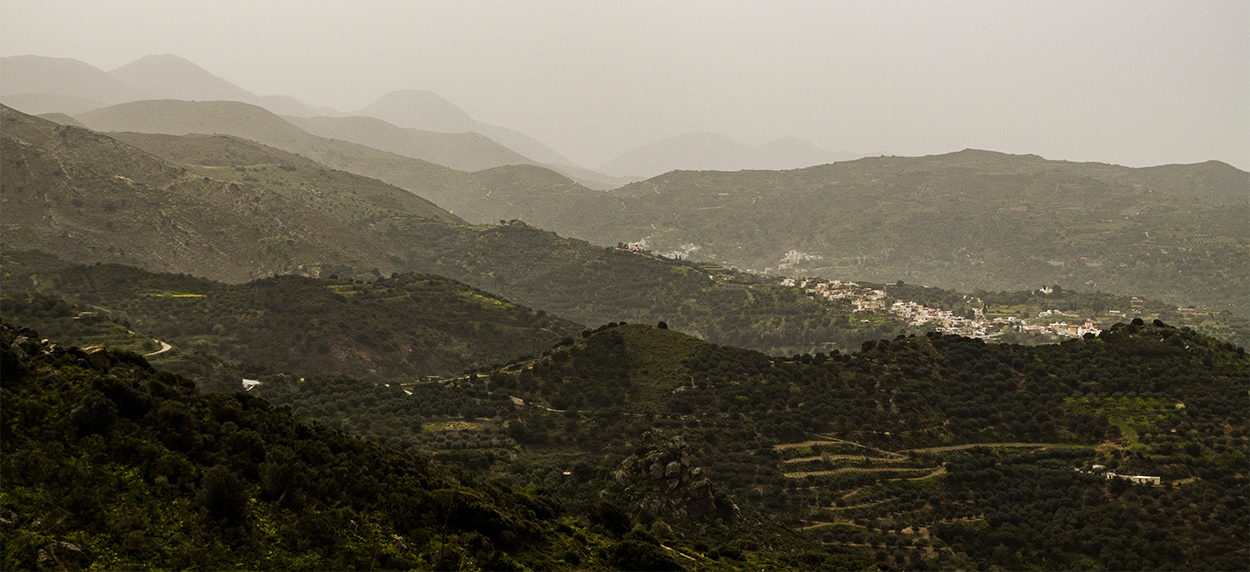
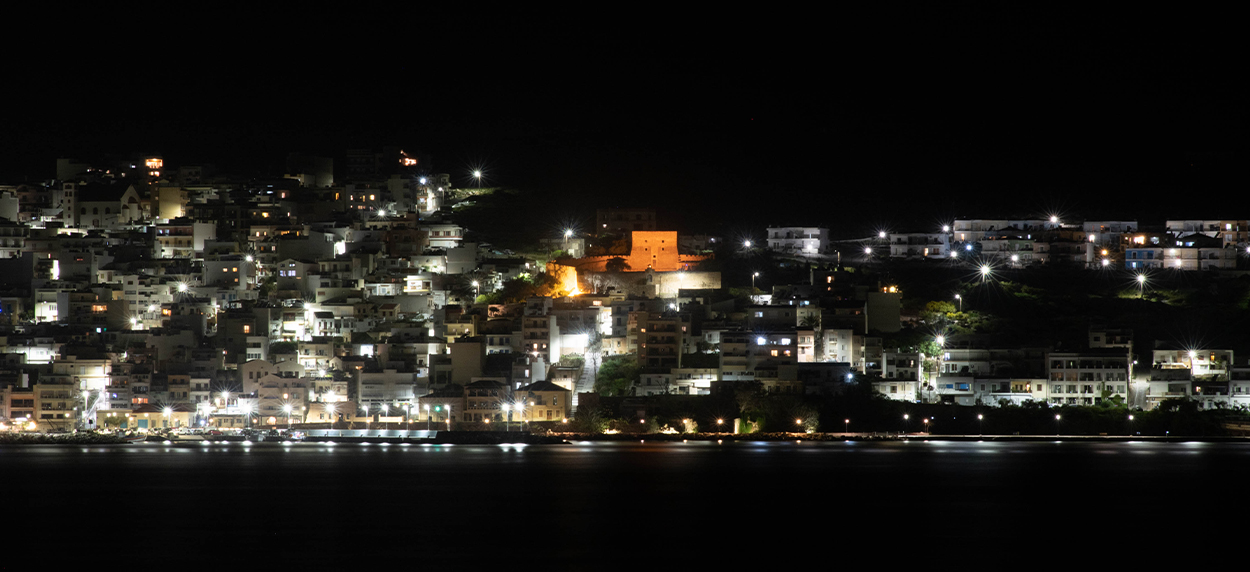
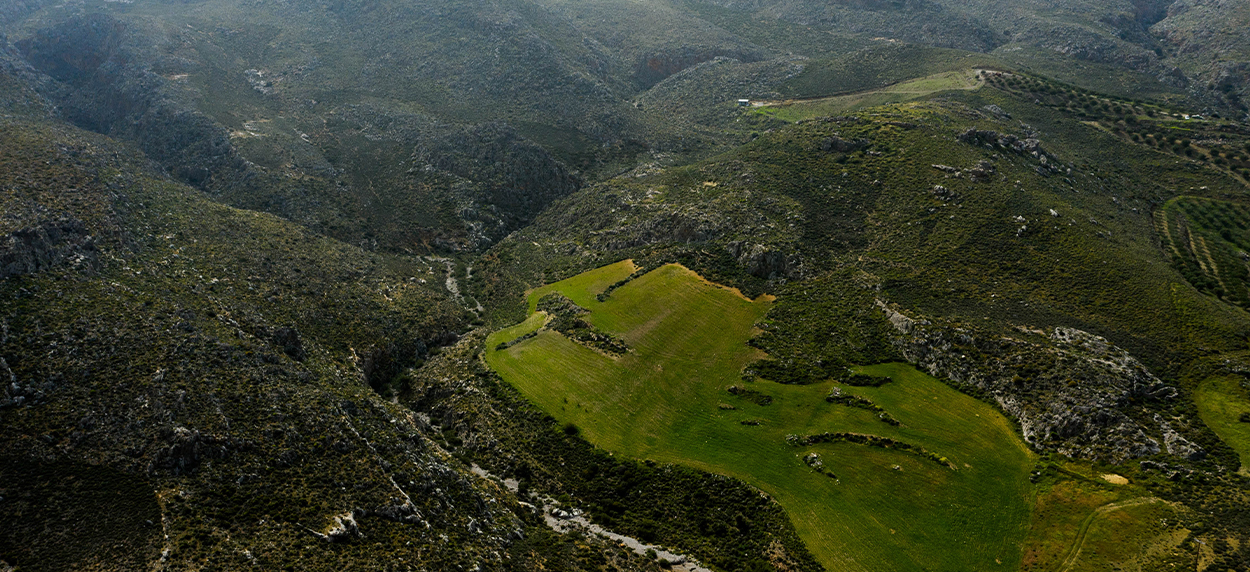
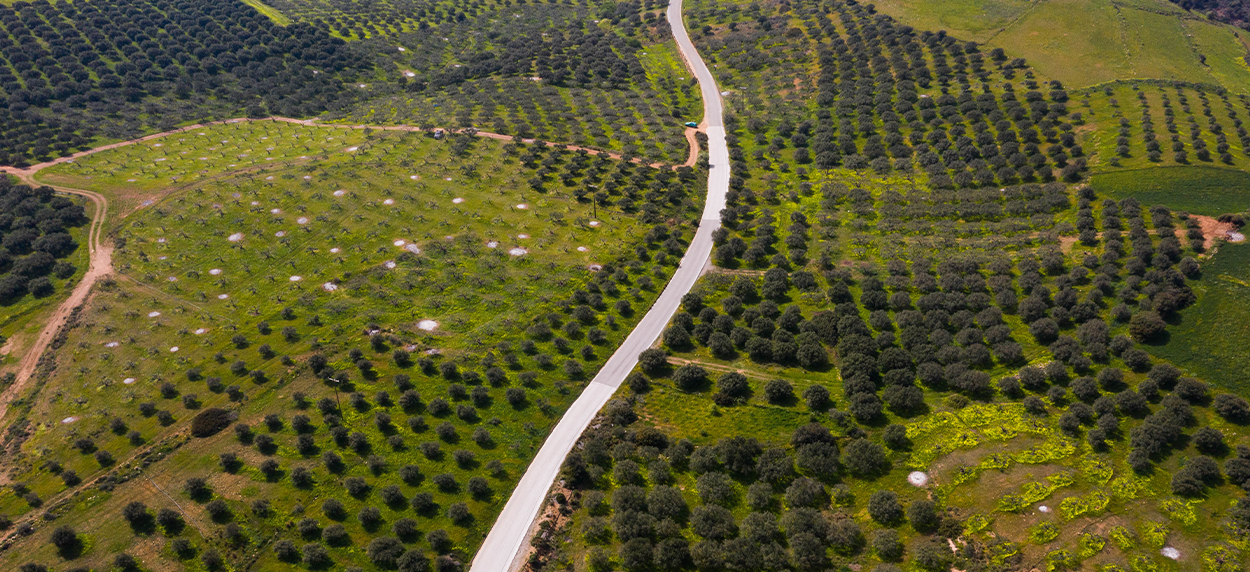
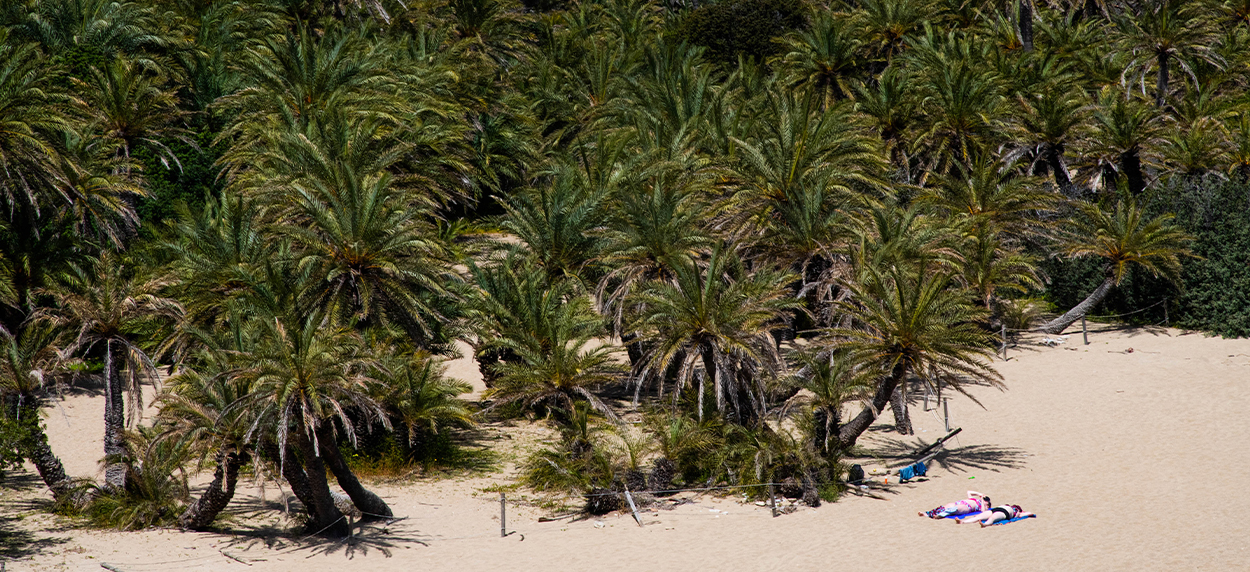
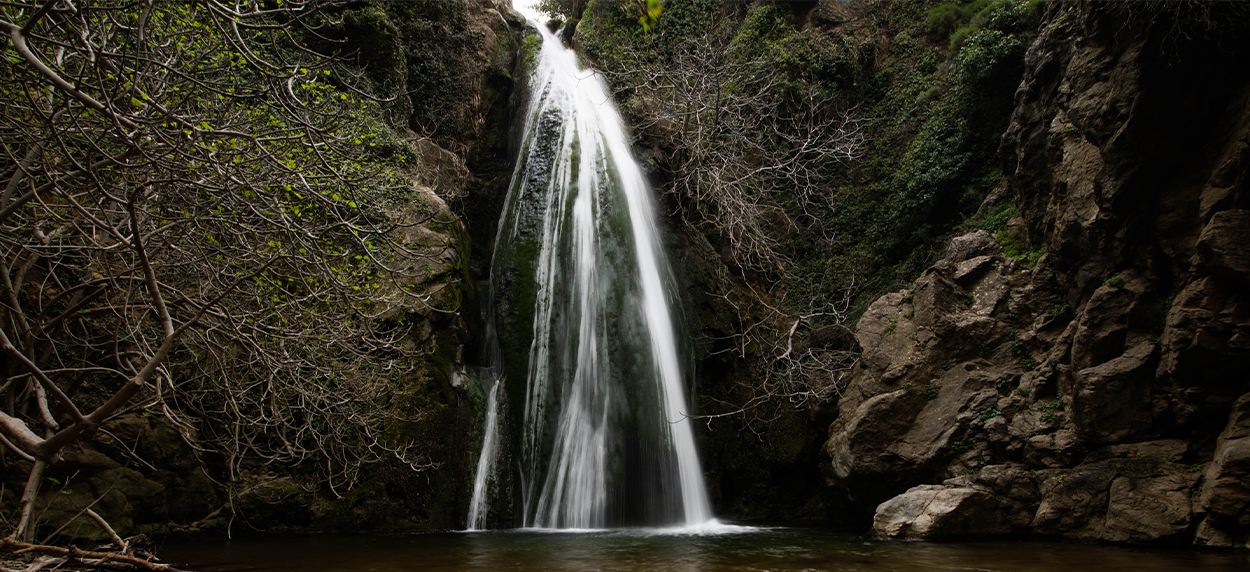
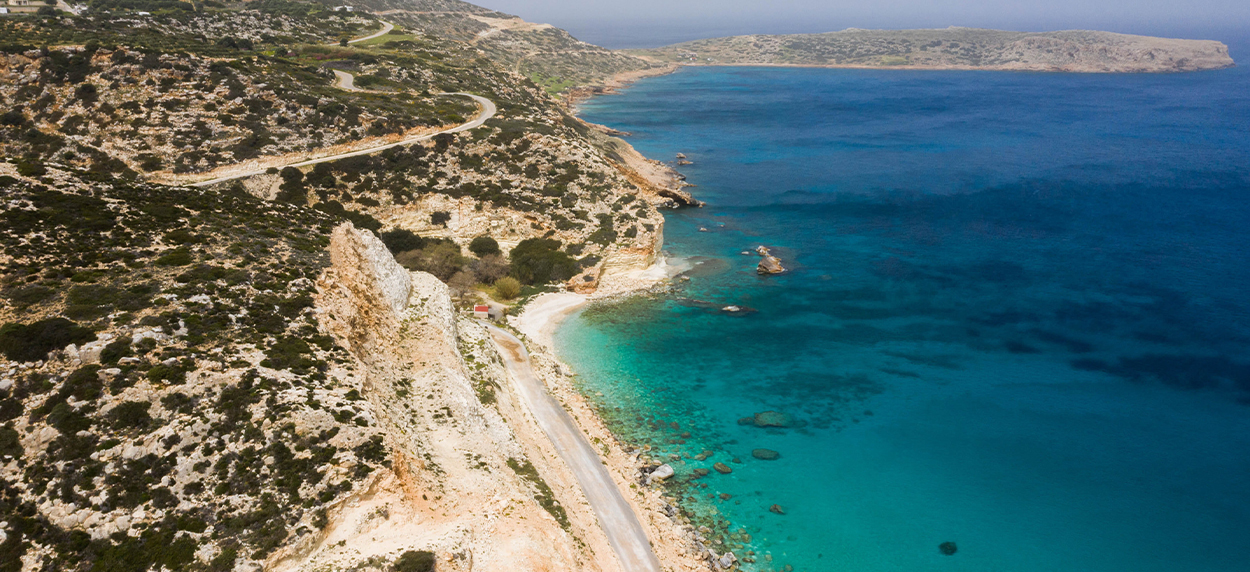
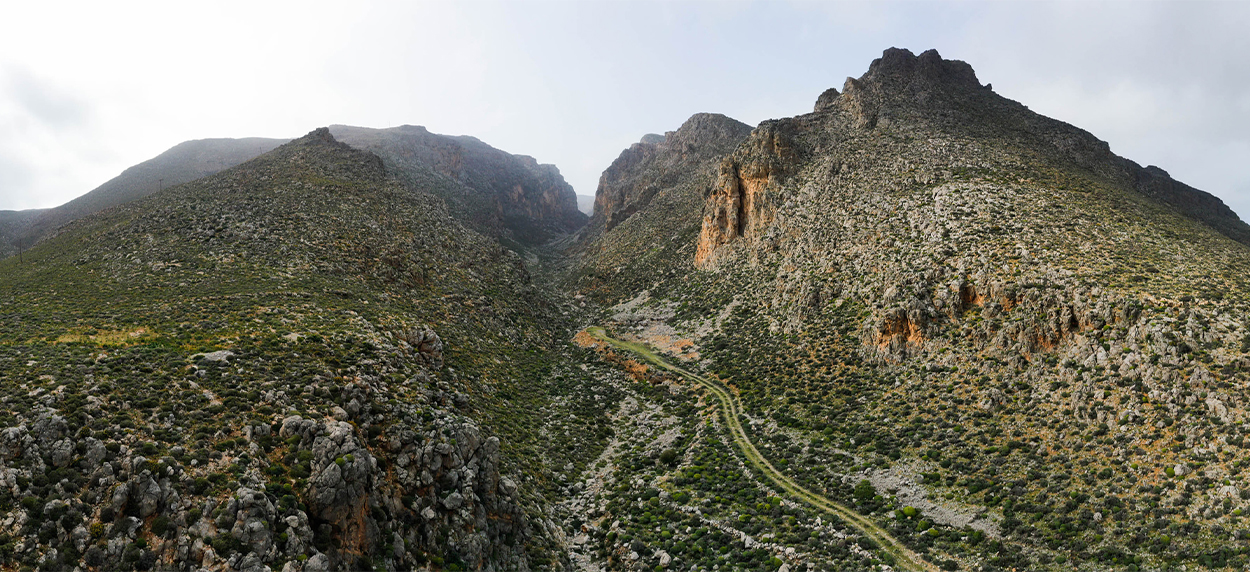
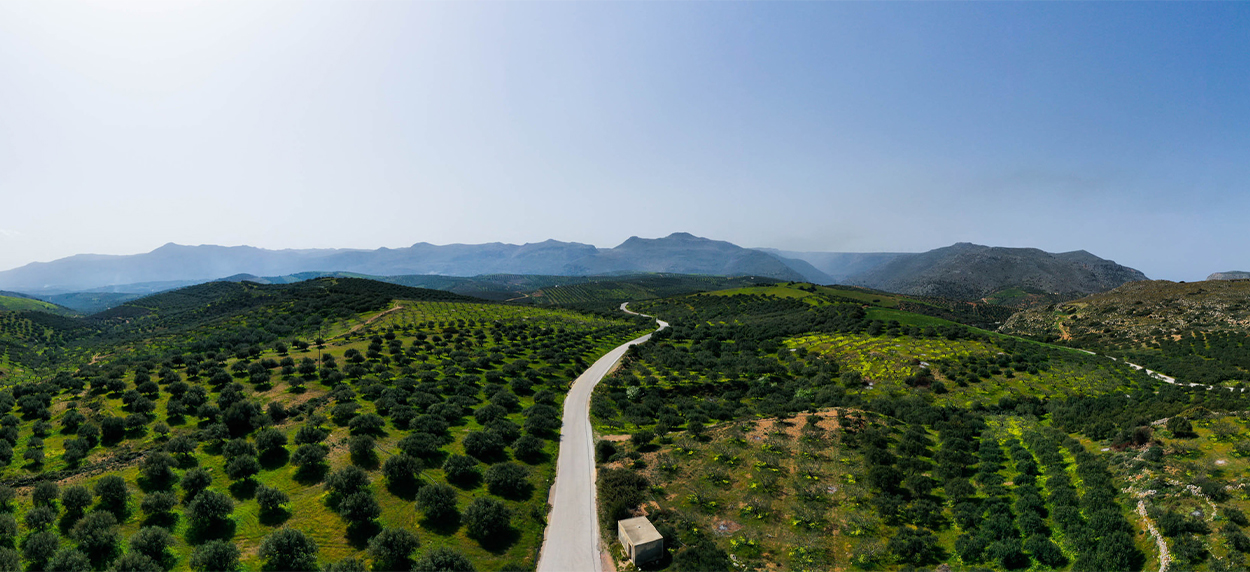
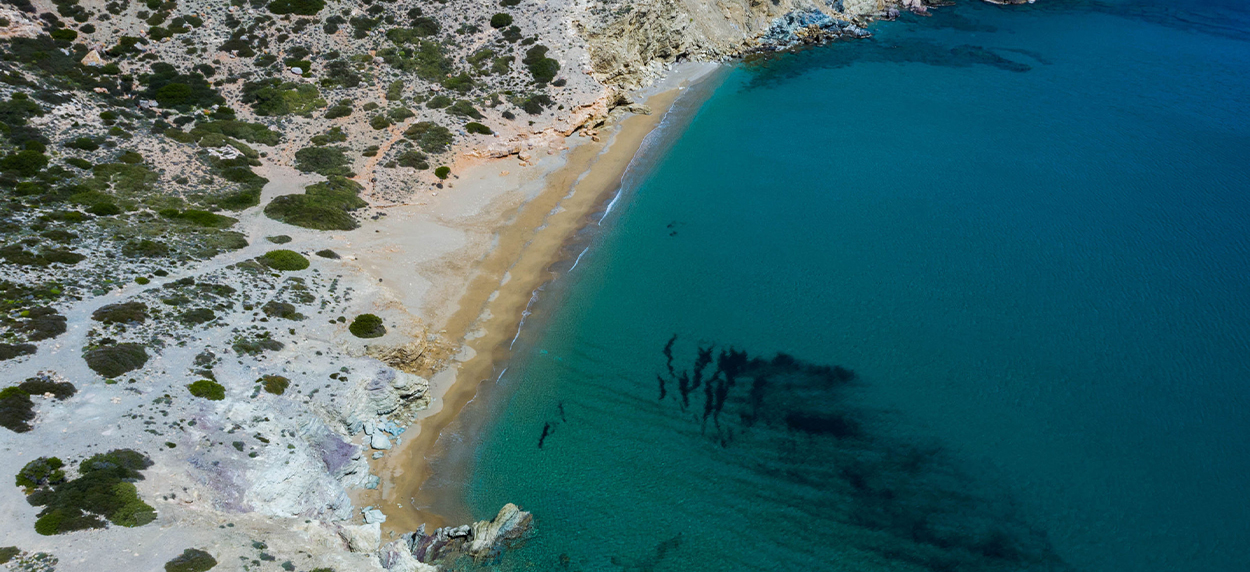
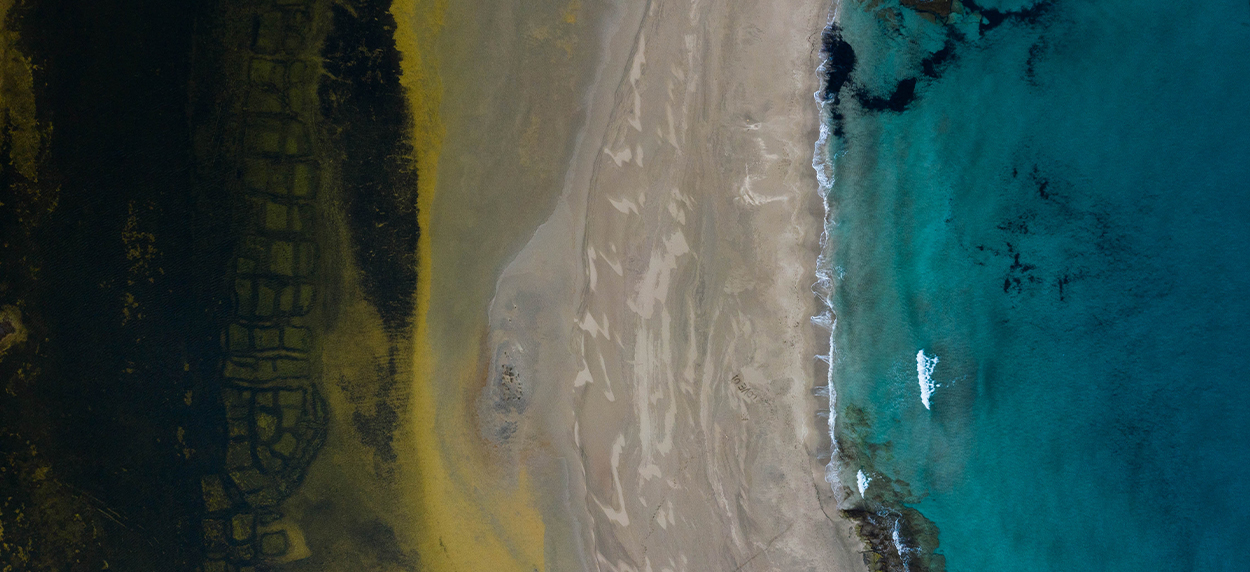
The charm of blue and green
The area of Sitia was formed by low mountainous and semi-mountainous reliefs that occupy the easternmost tip of Crete. In the centre and southwest is Mount Zakros with many low peaks, while the east is made of cliffs and steep slopes that are intersected by gorges.
The Sitia Geopark has been part of the Unesco Global Geoparks Network since 2015 and occupies an area of 516,7 km2.
It has a big variety of geological formations like caves, sinkholes, small and large plateaus as well as gorges of unique beauty. Fossils make up an important part of the geological history in Sitia, like that of an 8.5-million-year-old deinotherium (a species related to the elephant), as well as other mammals that lived 1.5 million years ago.
The Karydi cave system offers opportunities for exploration and research for those interested in caves. Accommodation and equipment are provided by the Information and Hospitality Centre. On the sandy beaches of Sitia, water sports like windsurfing, and SUP board are popular.
Within the Geopark there are small wetlands and coastal habitats that host 136 species of migratory birds, unique for birdwatching. The vegetation is low and shrubby with few forests. An exception is the Cretan palm date grove of Vai, the only date palm (Phoenix theophrasti) forest in Europe, one of the most characteristic and popular landscapes of Crete.
The mild climate of the area favours the cultivation of olive trees and vines, that we can find in semi-mountainous areas and plateaus. These produce excellent quality olive oil and wine. Other local delicacies include honey, fruits, nuts, and dairy products. The continuous importance of the agricultural economy is reflected in archaeological sites of Minoan villas, farmhouses, and sacred peaks. The proximity to the Eastern Mediterranean favoured trade for prehistoric urban centres and ports, as evidenced by buildings modelled like the Minoan palaces, the most important being that of Zakros. The classic epic poem of Cretan literature, “Erotokritos”, written by the Sitia-born Cretan author Vincenzos Kornaros, is a product of the intellectual flourishing of the island at the end of the Venetian occupation.
Places you must visit
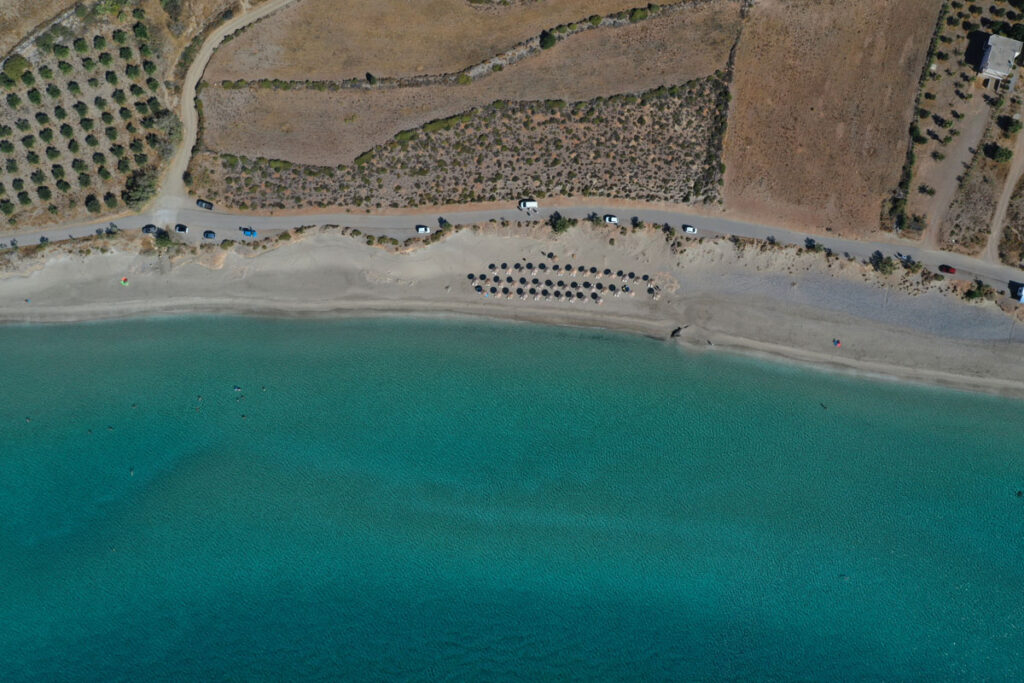
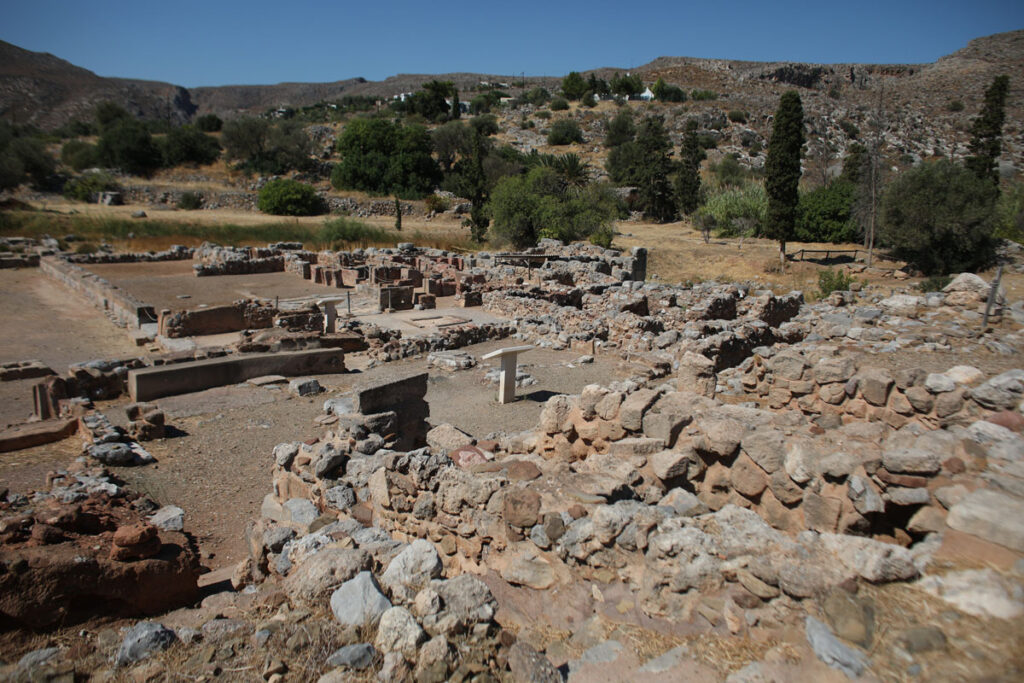
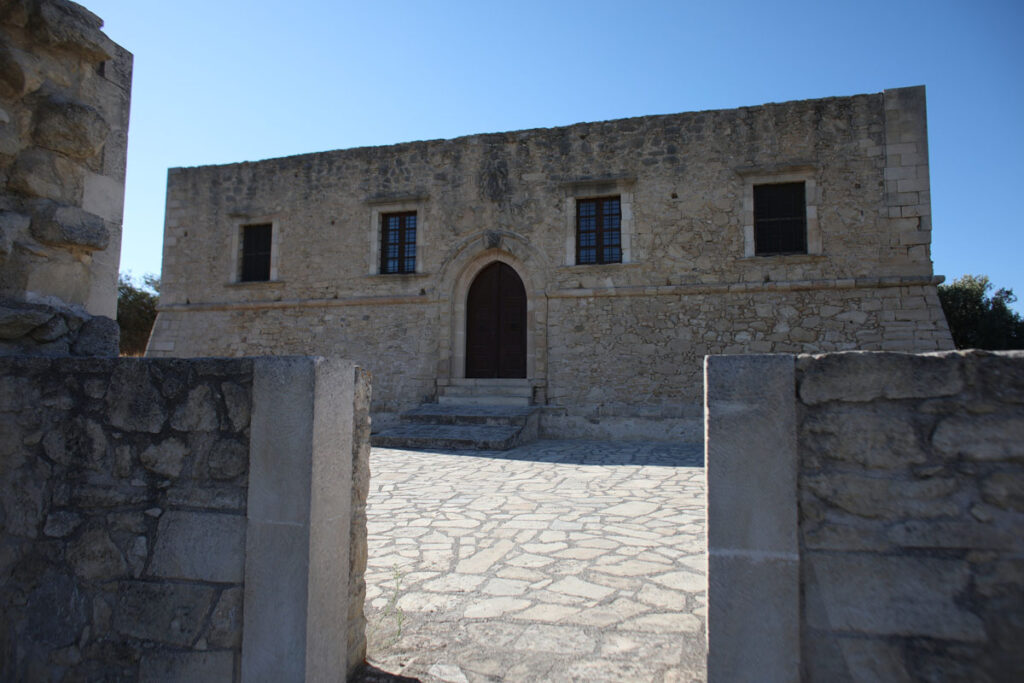
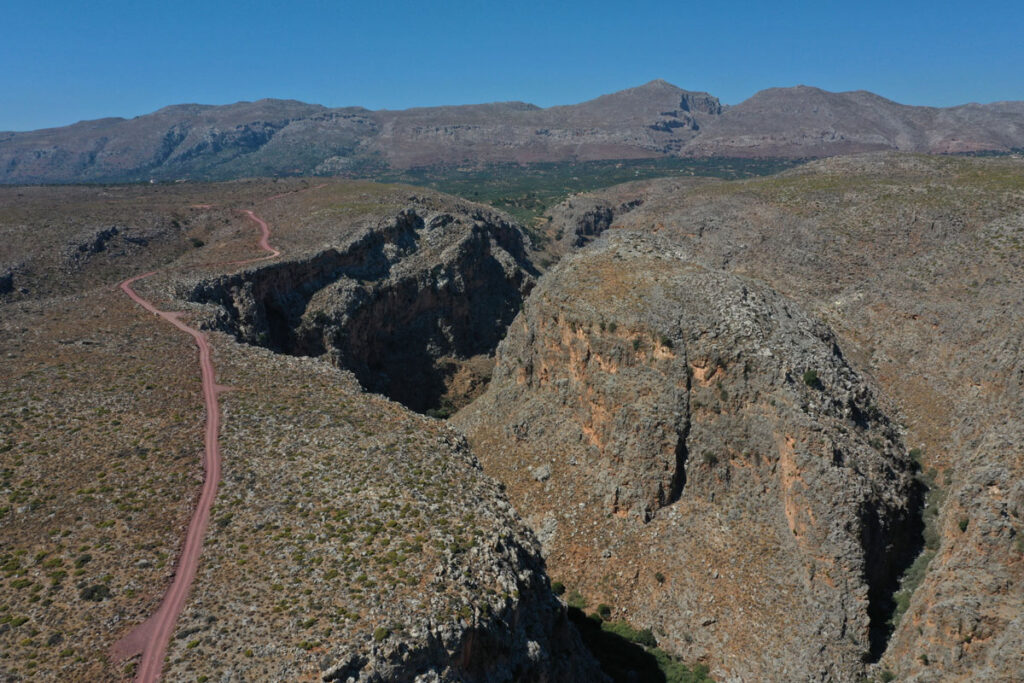
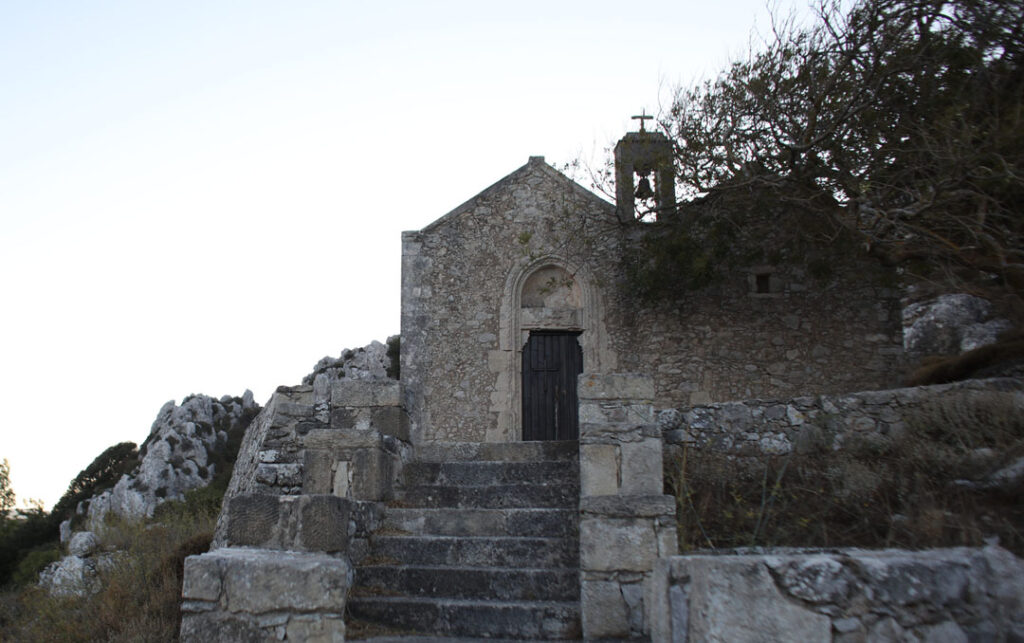
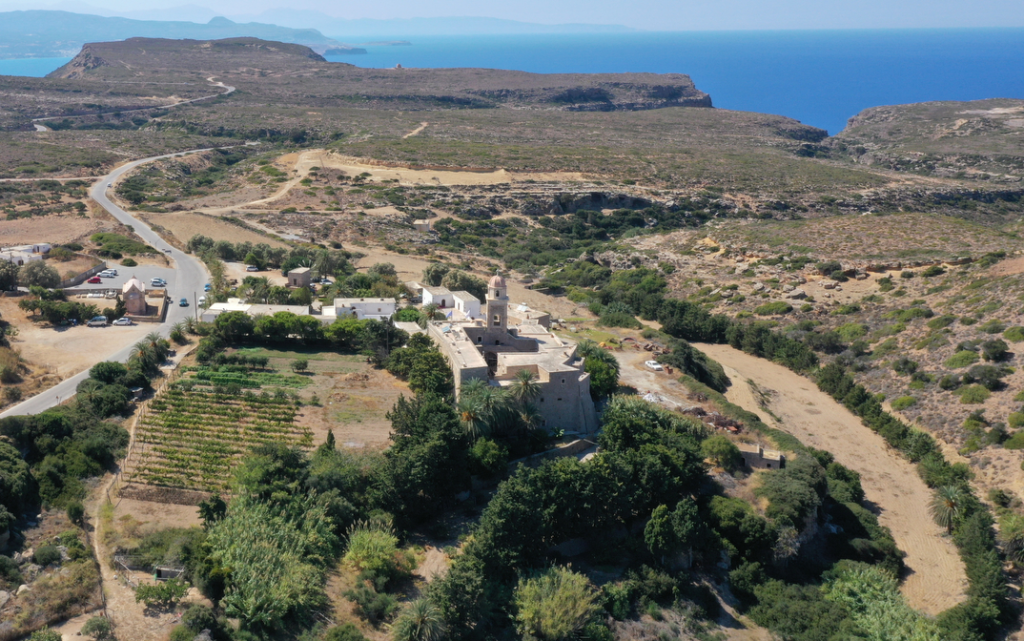
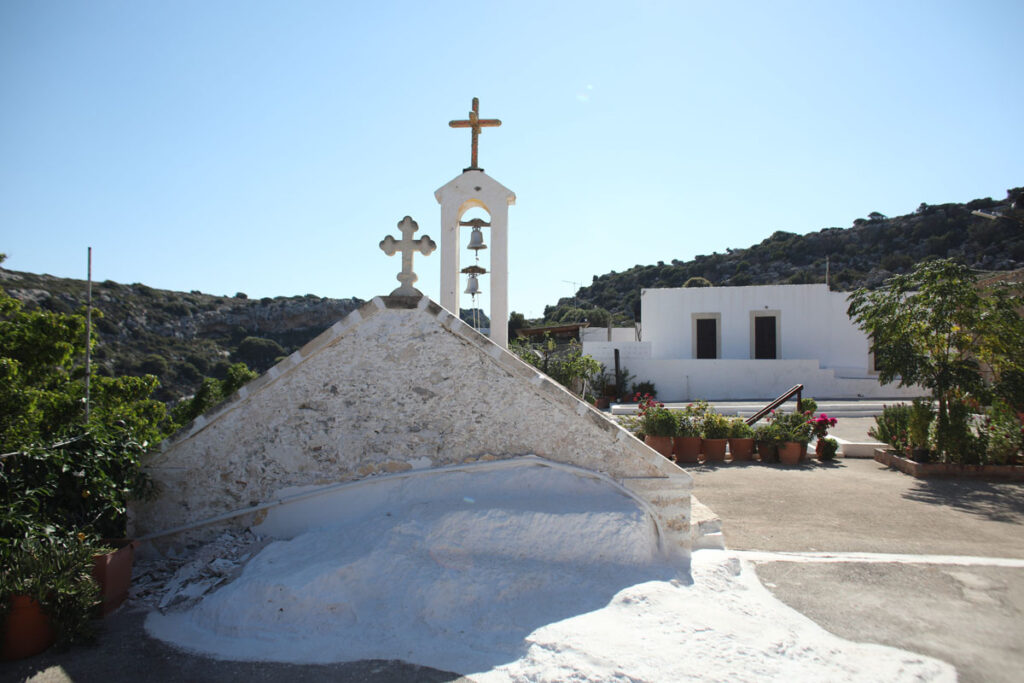
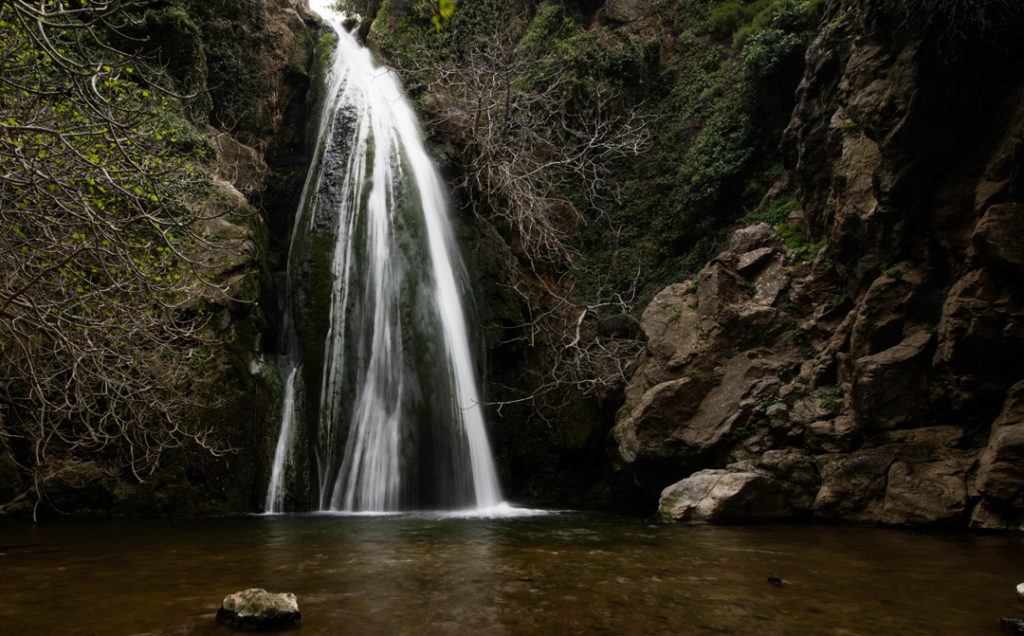
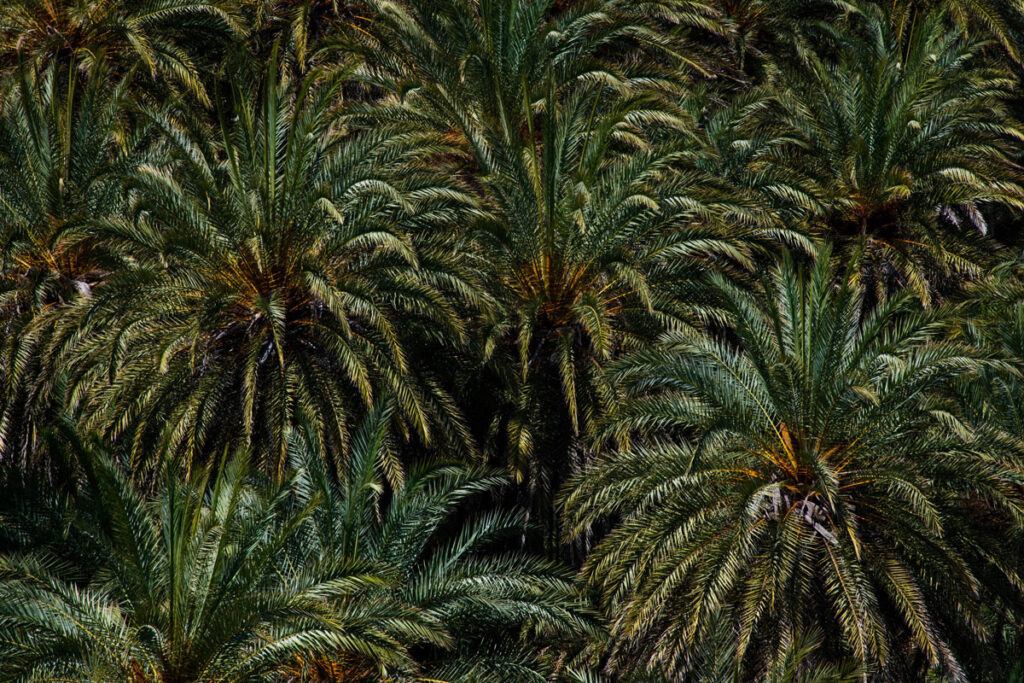
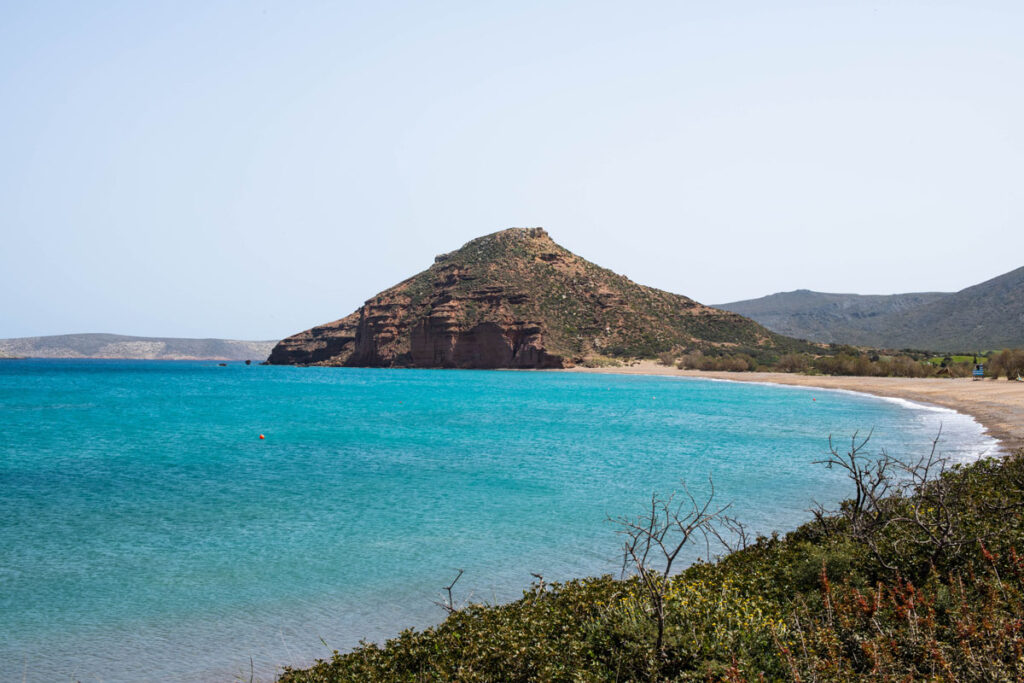
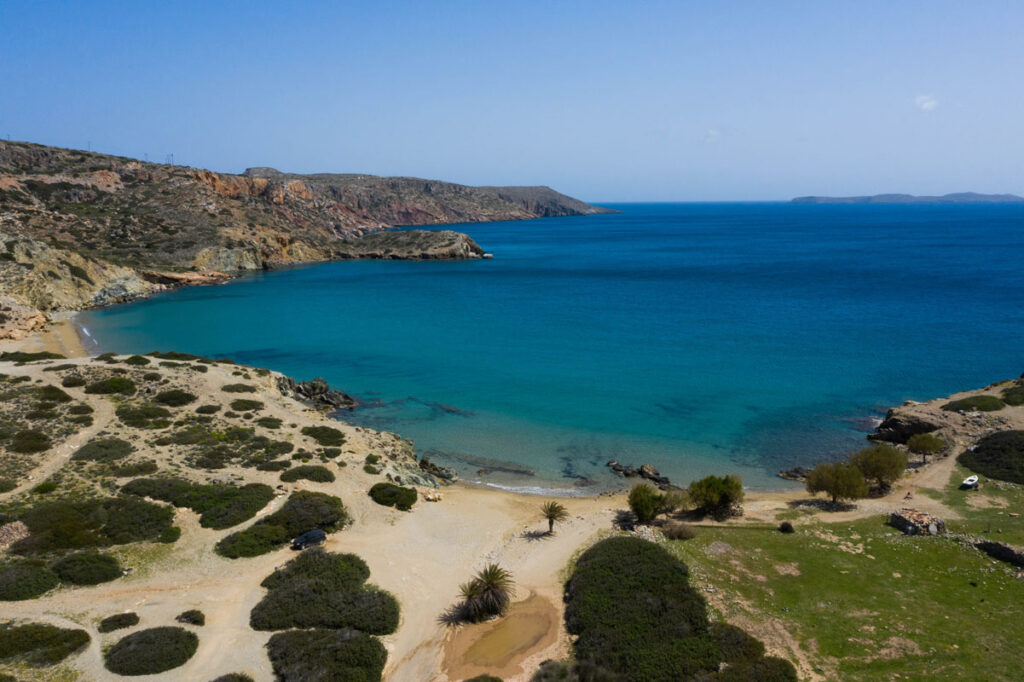
Deinotherium fossil 8,5 million years old
250 acres of date palm forest in Vai
Over 170 caves


